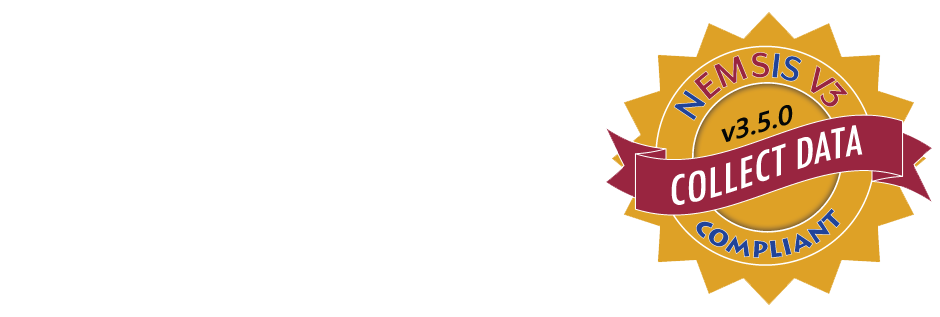World Advancement of Technology for EMS and Rescue (WaterOnScene) is dedicated to improving emergency medical services through our NEMSIS v3.5 compliant Street Suite of data collection technologies:
As an employee-owned company founded by a firefighter/paramedic, we believe that our unique perspective on understanding the technological needs of the Fire and EMS industry empowers us to better serve our customers. Our intuitively designed user interfaces and powerful analytical tools will streamline data collection, enhance communication, increase billable revenue, and ultimately empower first responders to focus on saving lives.


